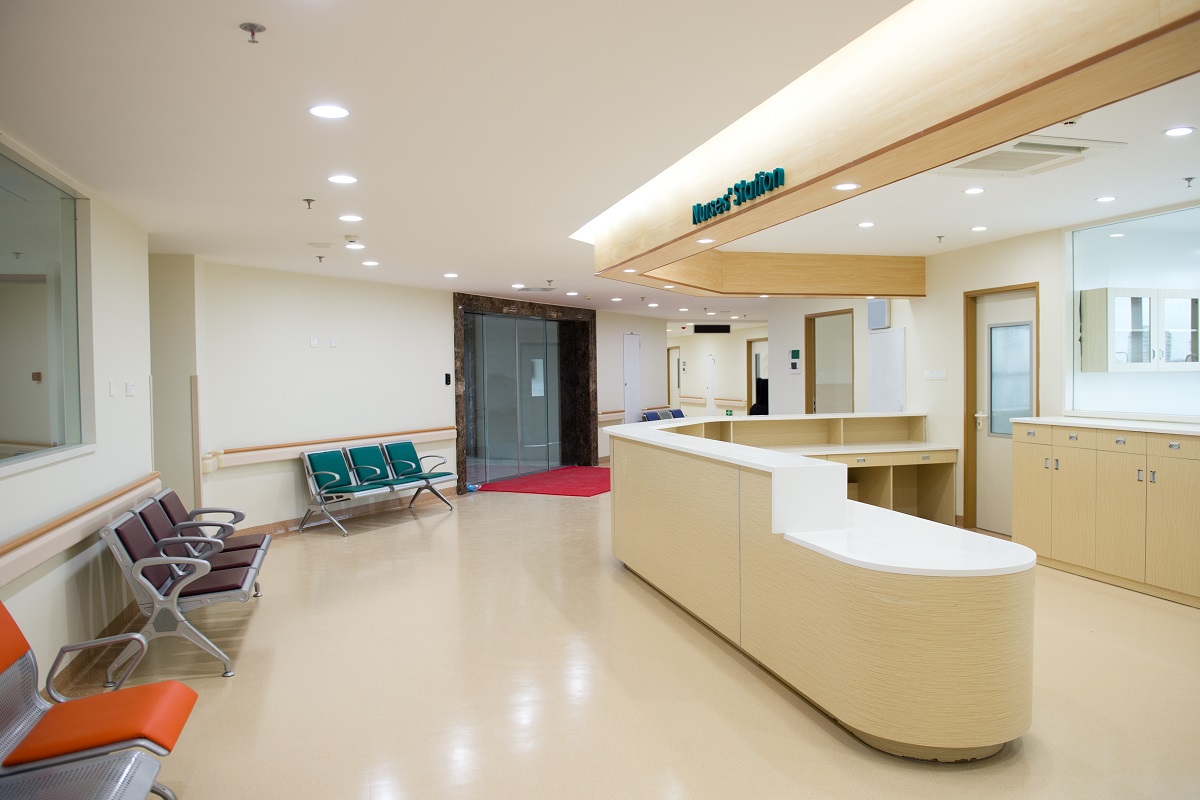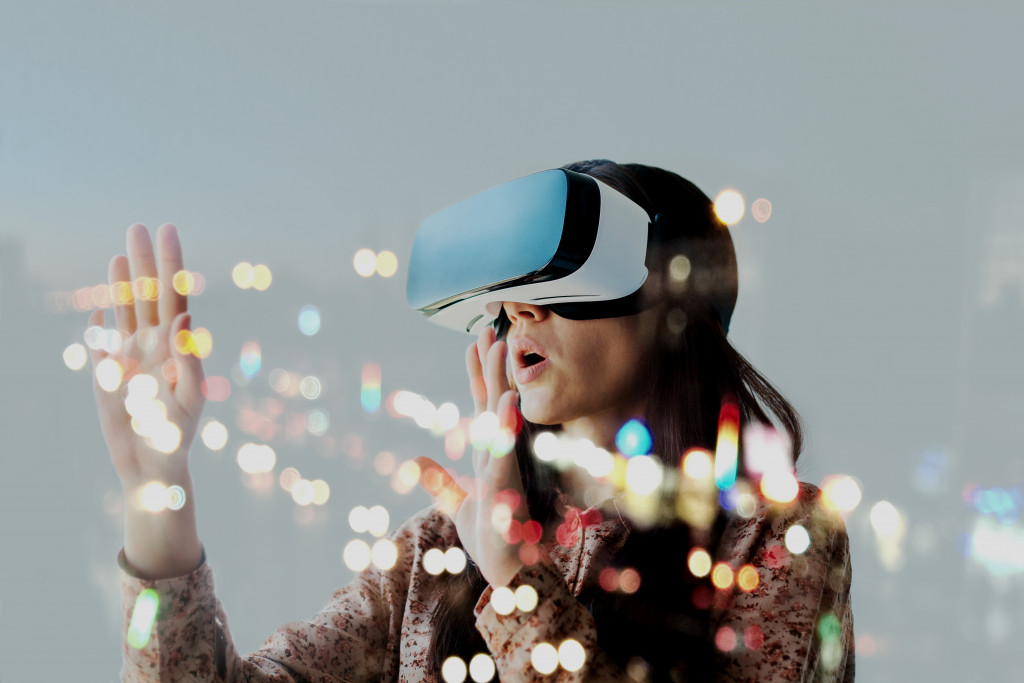Augmented reality (AR) lets you add digital objects to enhance the real world, while virtual reality (VR) gives you an immersive experience in a simulated world. These two are revolutionary technologies popularized by apps like Pokémon Go! and Snapchat, but their potential applications go beyond mobile app development and gaming. In healthcare, AR and VR are key innovations that can enhance patient care—and more healthcare facilities are willing to test them out.
If you’re thinking of buying a healthcare services franchise, you can enhance your operations with the following applications of AR and VR in healthcare.
Insertions and Extractions
Over 40% of IVs (Intravenous Injections) miss a person’s vein on the first stick, with numbers significantly higher for children and the elderly, resulting in painful repeat needle penetrations. AccuVein, a handheld gadget, can improve accuracy by scanning a patient’s vein network and eliminating it, making it easier for nurses and doctors to pinpoint the veins in a patient’s body.
This technology has improved many healthcare professionals’ success in the first stick, with the success rate increasing by 3.5 times. Such technologies can assist healthcare professionals in their job and improve their skills further.
Diagnosing Diseases
It will be easier for physicians to assess the state of a person’s body if they can visualize information from several sensors and project the findings of the issues on a patient. This method can be made possible through 3D medical imaging, helping healthcare professionals provide a more thorough diagnosis of a patient’s overall condition. It allows them to get a more comprehensive image of the patient’s health and make more informed treatment decisions.
Immersive Training for Medical Students
AR and VR have massive potential in education, especially in medicine, dentistry, and other healthcare forms. It can help medical students practice surgery, giving them a wider variety of procedures by letting them practice doing surgery virtually. Additionally, it allows them to hone their skills and knowledge without harming a living patient. Finally, this technological breakthrough enables medical schools to avoid using cadavers for med students’ practical training, helping them not get tangled in moral and ethical issues.
Mental Health Treatment
Any disease can be an additional reason for many patients’ concerns, adding extra pressure on the central nervous system (CNS), making anxiety, and other mental conditions worse. This extra force on their CNS can complicate other treatment plans. With AR, it helps patients understand what’s happening more and possibly reduce or eliminate anxiety. Additionally, VR can help treat several phobias. For instance, there’s an ongoing Russian project helping individuals fight aerophobia or the fear of flying.
Emergency Navigation in Healthcare Facilities

Navigating massive hospitals is one of the common challenges patients, and healthcare providers face. It makes it harder for them to seek proper treatment fast, especially during emergencies, often resulting in fatal consequences. Augmented reality has addressed this issue by allowing patients and their healthcare providers to perform quick urgent hospital navigations toward the correct rooms and equipment.
Medical technology is continuously improving — and thanks to AR and VR, healthcare professionals can now streamline their operations, ensure quality patient care, and create treatment programs with more confidence than ever before.
